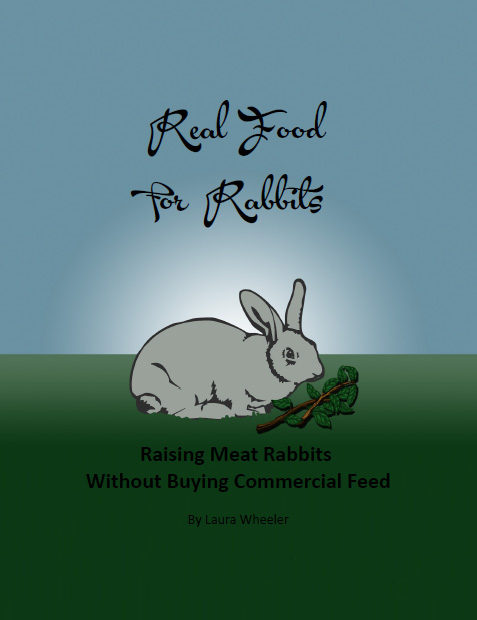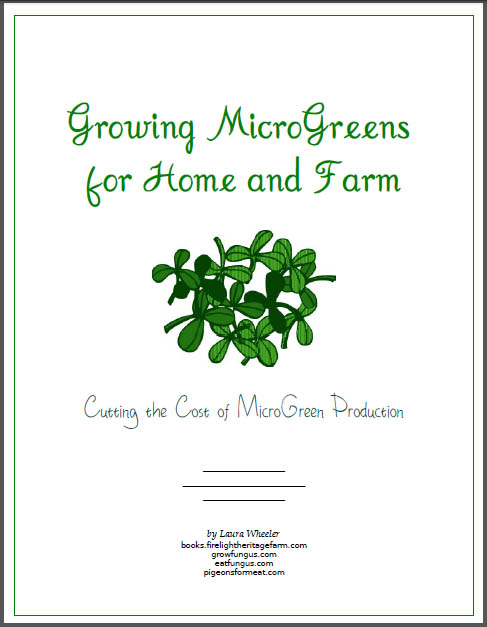 Click to Download Your Free Heritage Pickling and Culturing e-Book Now!
Click to Download Your Free Heritage Pickling and Culturing e-Book Now!
Instant Download, NO Registration Required!
Remember When Whole Milk was Really Whole Milk?
"There is not much left for the children when the cream has been taken from the milk for the parents' coffee."
Dr. Weston A Price
When I began having children, I remember the labels on whole milk reading that the milk contained 4% butterfat. This coincided with the beginning of the war on milkfat, and eventually the fat content was removed from the label entirely for most brands.
We all knew then that children thrived better on higher fat milk. The USDA required whole milk for children under the age of 2 for WIC, and other government sponsored programs.
Then somebody decided that adults could no longer have cream. They must restrict themselves to 2% milk. Or 1% milk, or non-fat (you might as well drink water). But then, if everybody drank whole milk, and whole milk had to have 4% butterfat, there would be no cream for the more lucrative sales, and no butter. We used to feed the excess skim milk to pigs - but no more. It goes for cheesemaking (though even they do not like skim milk, they like a little richness to the cheese), and for cultured buttermilk (but not many people like that), and for powdered milk which makes its way into all manner of processed foods where something sort of like milk is wanted.
So how is it that milkfat was "KNOWN" to be healthy, and then suddenly it was "KNOWN" to be unhealthy? It has a lot to do with contaminants in milk, due to commercial production. Good, clean cream is a healthy food. Organic grassfed butter is a healthy food. But the fat in the milk is where much of the contamination by artificial hormones, and antibiotics, and herbicides and pesticides are carried. They stay suspended in the fat more than in the proteins and carbohydrates. Hence, historically, higher butterfat equated to better health. But in contemporary life, with factory farmed milk, higher butterfat means more bodily dysfunction leading to long term chronic illness.
Whole milk in the grocery store is a far cry from real whole milk, both from a cleanliness perspective, and from a richness perspective. The difference is one you can feel!
When milk is processed, it is not separated in the way you would think, by skimming off the cream from the top. It is run through a cream separator, which removes all the cream (or close to all, depending on how sensitive the equipment happens to be). Then specific amounts are added back in. If this were not so, milk could not be labeled with a specific milk percentage, because cows don't produce predictable milkfat amounts - it varies according to health, beginning or end of milking cycle, individual cow, diet, and breed. Each breed has an average, but that can even vary wildly, depending on breeding and care standards from farm to farm.
The resulting milk products are then pasteurized and homogenized, which causes a change in the milk proteins, fats, and carbohydrates, binding them in a way that causes the cream to not rise anymore, but which also makes it more difficult to digest - the body does not recognize the new bonded molecules as being the same nutrients as the unbonded molecules. Many people believe themselves to be lactose intolerant, but it is not lactose at all - it is an intolerance to the processed milk, because their body is not able to recognize the nutrients in the form that they have been converted into.
Heritage dairy cattle generally have higher butterfat content in their milk than do "improved" breeds. Of all breeds of cattle, the Holstein (or Freisan for those who are trying to escape the nasty reputation of the Holstein), has the lowest butterfat and protein content of all. They've bred up for unnatural production, losing much of the richness in the process. Many Holstein cows do not even have as much as 3% butterfat in their milk. At one time, they did. But not now. Production has been bred UP, and the natural loss is richness.
It is kind of a chicken and egg sort of question to ask which came first, the reduction in milk fat due to up breeding for unnaturally high production of milk, or the propaganda against butterfat. I tend to think those two trends are interrelated, and more a matter of planned media attention than of any desire on the part of the consuming public. After all, whole milk tastes better. Cream is lovely in many foods.
If you research butterfat content of various cattle breeds, you notice something. Older listings have higher butterfat content. Newer statistical listings have lower butterfat content averages.
Given the current trend to breed for higher and higher milk production, it is inevitable that butterfat content in commercial milk will continue to drop. After all, if your most productive cattle are no longer producing even 3% butterfat, you cannot continue to sell whole milk that has 3.25% butterfat. Holsteins are already suited only to producing 2% milk, or lower fat content. And their cream is a pale, appathetic thing that produces only anemic butter.
Many Heritage breeds have also been "bred up", and in so doing, have lost much of their uniqueness, and much of the richness of the milk. Jersey, Guernsey, Ayershire, Brown Swiss - all solid homestead performers, and small dairy cattle at one time, have been corrupted, by crossing with Holsteins to increase production. This has resulted in three significant changes:
1. Milk production has increased. This was the goal, after all. Along with milk production increases, the size of the cow has increased. These animals were originally smaller cows, which were easier to handle for milking. With machines to do the job, larger cows are not seen as much of a disadvantage. So the smaller realistic production animals have been largely lost, and are rare now.
2. Butterfat content, and protein content declined. Butterfat took the biggest hits, decreasing by 30% or more in some breeds. You can tell this simply by putting milk from two different breeds side by side in the fridge, and looking after 24 hours to see which has the largest segment of cream on top. A good Heritage cow will have about 20% cream on the top of the jar. A pathetic production cow will have perhaps 10-12% on top. If you stir in the cream, and drink the milk, you should be able to feel the smoothness of the cream in the milk. It will leave a slightly slick feel to your lips afterward - people who drink real whole milk from heritage cows don't need lip balms.
3. Vitamin and mineral contents decreased. This is also usually visible. Cream is supposed to be yellow! When you breed a cow for unrealistic production, the milk quality declines tremendously. The cream goes white. Or maybe a pale off-white. Good milk is yellower in color than production cream! Good cream is the color of most commercial butter! And good butter, made from good cream, is the color of daffodils! Pay attention! This ONE FACTOR is the thing that will tell you whether you have a true Heritage milk breed, or a watered down Holstein cross, when there are no other indications. Don't buy a dairy cow unless you see the milk first. If the cream rises, butter yellow in color, buy the cow! If it is only off-white, or you have trouble seeing the cream line, walk away!
Jersey cows are supposed to give rich milk with yellow cream. So are Guernseys, and Brown Swiss, and Ayershires. All four, classic milk breeds that have been all but lost to crossing with Holsteins. It does not matter if the animal is "registered purebred" or not. The crossing was done about 20-100 years ago, and one by one the quality cows have been bred out of existence, replaced by corrupted cattle that someone has decided all need to be the same.
There are often telltale characteristics in the appearance of an animal, that indicates they are not true Heritage bloodlines. The size is one of those factors - larger cows, with larger udders, are one indication. Color is another indication - in Jerseys, those with white spots, or white areas on the face, are NOT Heritage Jerseys. Heritage Jerseys have a brown face, with black eye and nose markings. No white. A Guernsey will have larger white patches - Heritage Guernseys have white patches with a more broken edge to them. With a Brown Swiss, it is often size, but coloration patches may also be a giveaway that the animal is not truly a Brown Swiss. Often though, the only clue you have, is the color of the milk and the color of the cream.
So, whole milk is no longer Whole Milk, but a cheapened and weakened imitation of real Whole Milk.
Get milk with yellow cream that has risen to the top.
Your body will thank you.








